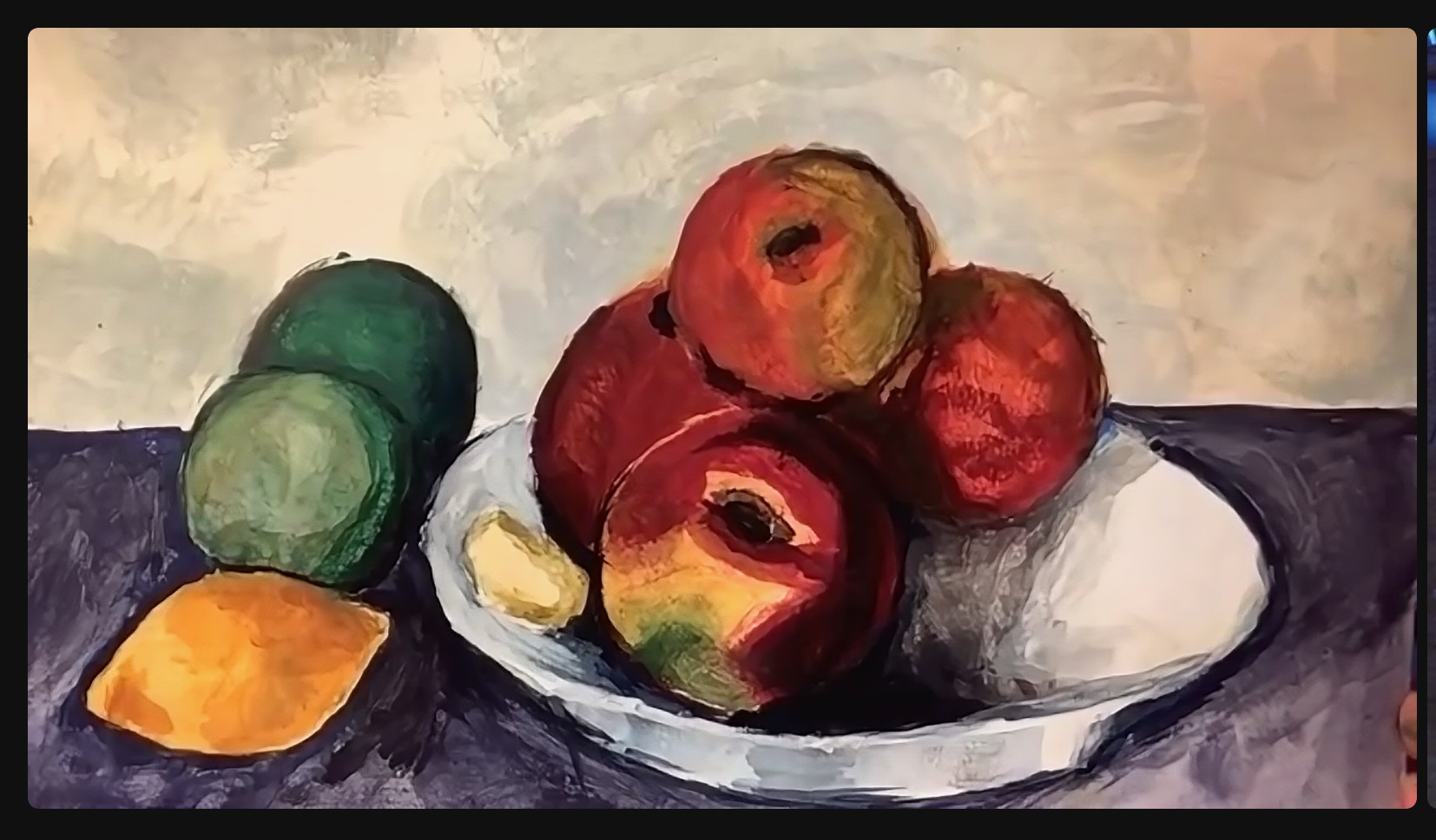
Aesthetics is a set of principles that inform the outcome of a work of art. It taps into that part of our being that connects with beauty. At the heart of this concept is imagination, and imagination is where ideas are born.
There is a trend in all sectors of education to not only discount the reading of pure fiction, but to undervalue the power of the arts to speak in a way where words fail. This is not wise. Arts education is inextricably linked to English Language Arts.
Section 5 provides an opportunity for students to practice communicating an idea in a visual language. Because great stories offer fodder for the imagination, each and every Literature + Writing Discovery Guide (the CORE of our language arts offering) sets aside a full week to create and celebrate.
Don’t wait until week 5 to begin thinking about your Section 5 idea!
Make a plan.
During Section 2, begin brainstorming. Download our free planning worksheet to begin. Write down your ideas and, since your Section 5 will include a visual component, create small sketches demonstrating different ways you imagine your idea might take shape and what materials you might utilize.
During Section 3, choose the idea you like best and make a full-page sketch with labels that will help you prepare.
During Section 4, gather all the materials you will need to complete your project build.
After all this, when Section 5 rolls around, your student will be prepared to focus on creating a meaningful project. A project that your student will surely be proud of for years to come. Check out our Student Project Gallery to be inspired. Send us photos of your completed project so we can add it to the gallery to inspire others.
This past fall, during our Professional Development offering, I walked teachers through the following little project connected to one of my favorite childhood reads—The Mixed-up Files of Mrs. Basil E. Frankweiler. With a cardboard box, some printed images, paint, pencil, markers, a tiny linoleum sample, and a bit of glue… voilà!

This story that has stood the test of time (published in 1967) and is, in my opinion, powerful proof why we all need to read across many genres, read all kinds of stories. Every time I’ve led students through this purely fictional story set in a very real setting—The Metropolitan Museum of Art—they engage at once in the mystery, but also gain an appreciation for visual art as they wander the museum with Claudia and Jaime Kincaid.
This past fall, during our Professional Development offering, I offered some tips and tricks to elevate the Section 5 Project Build. Click through to a recording of the session.
Happy Project Build!


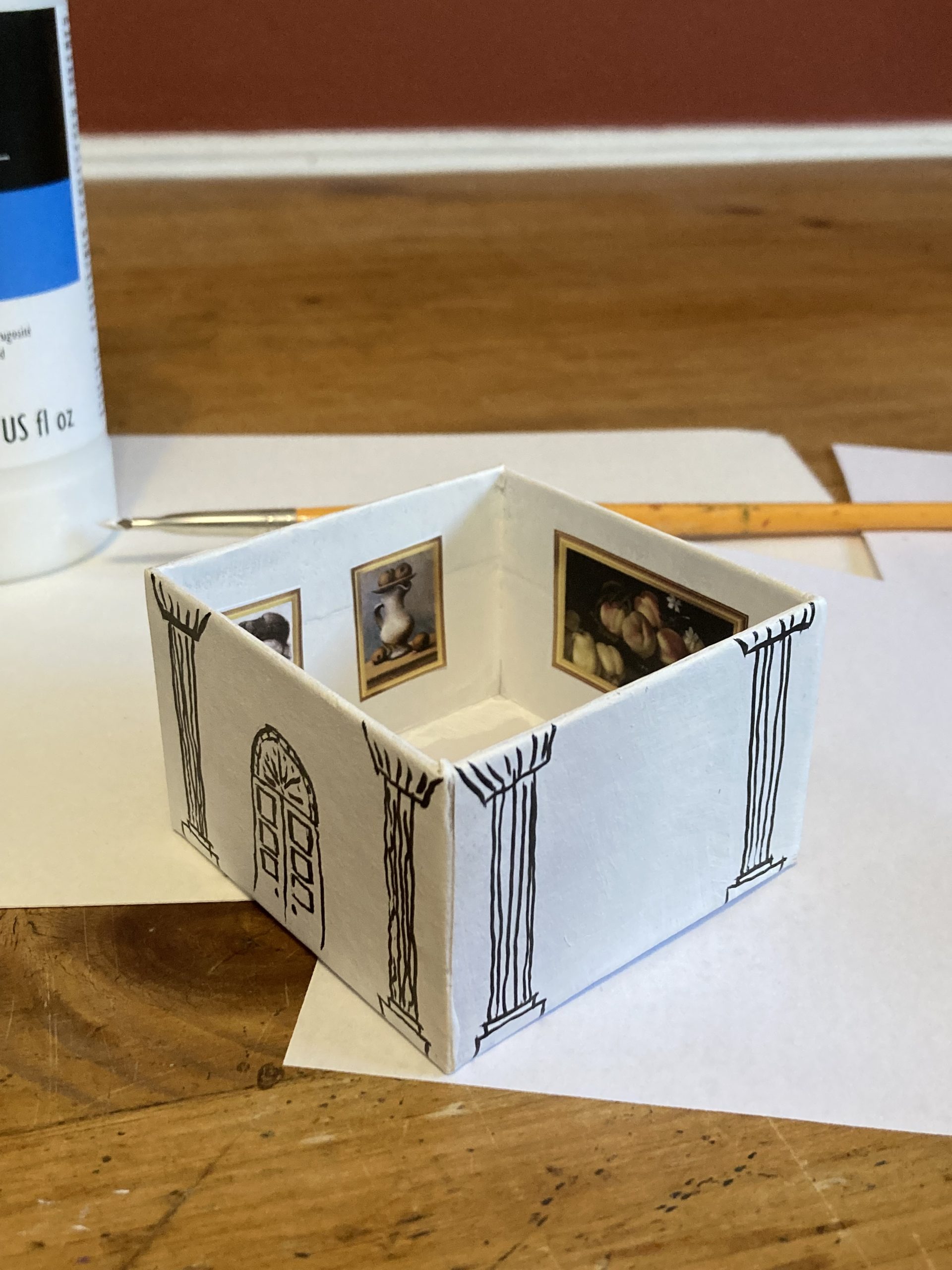
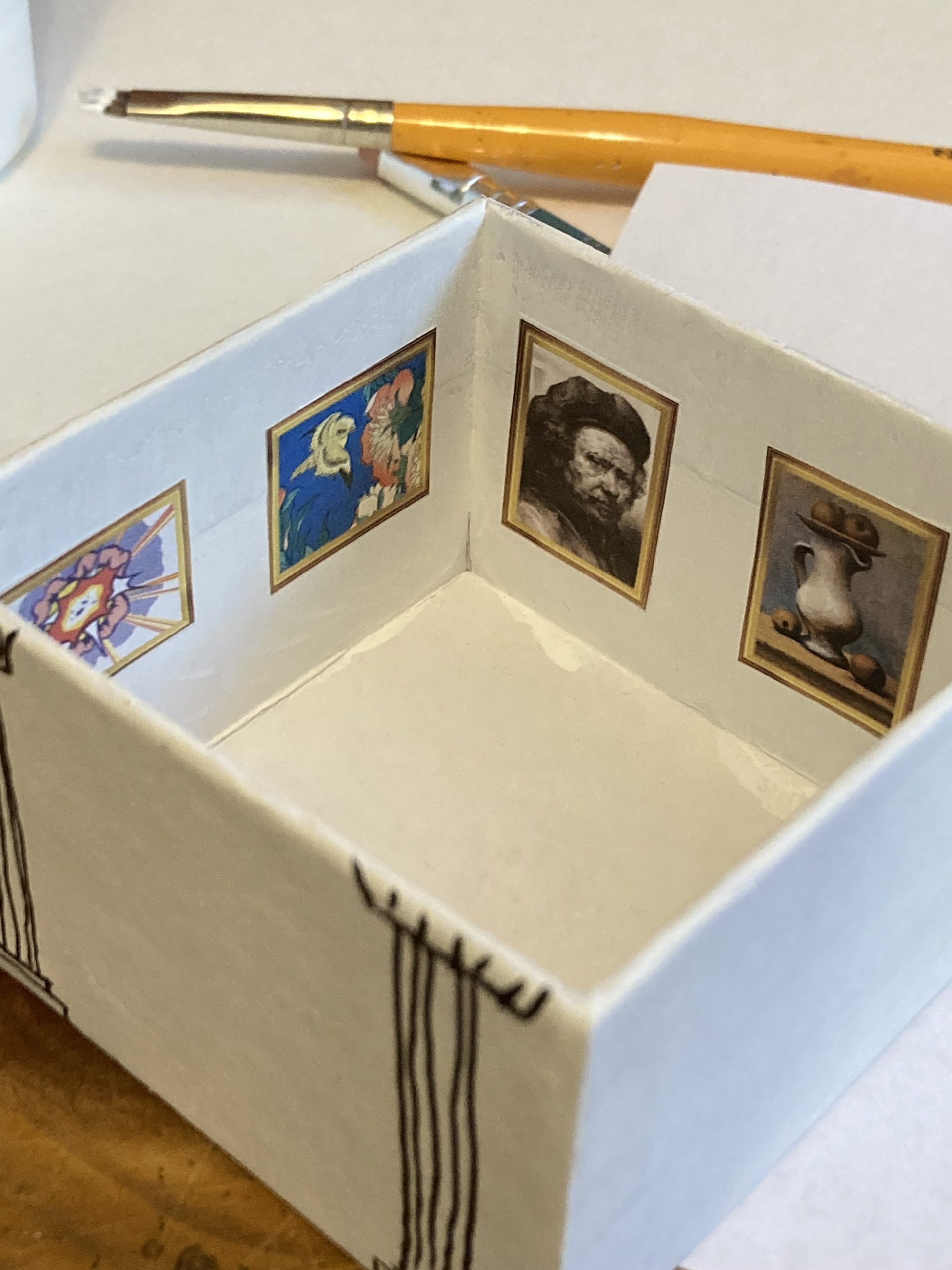
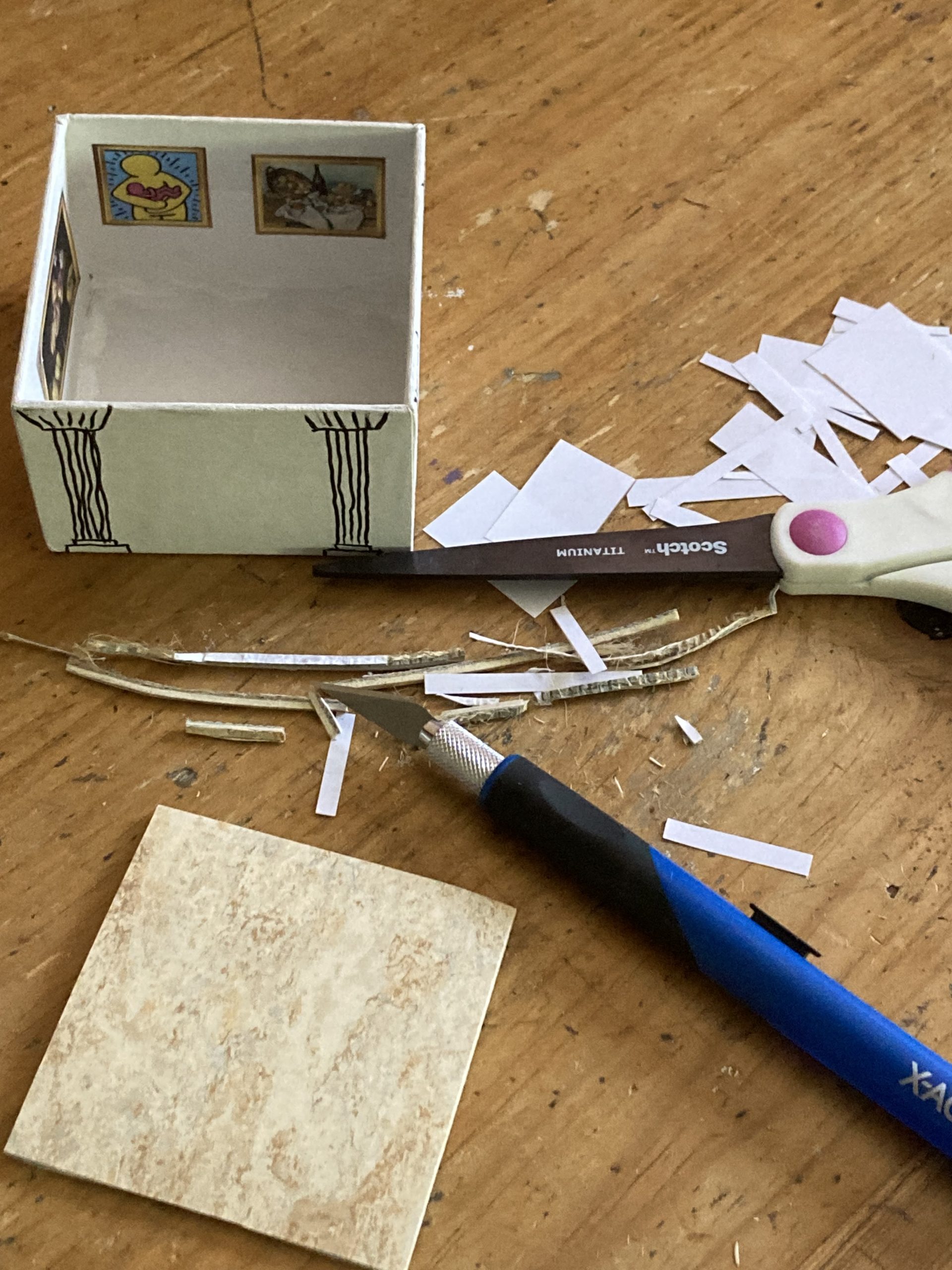

~Kimberly Bredberg
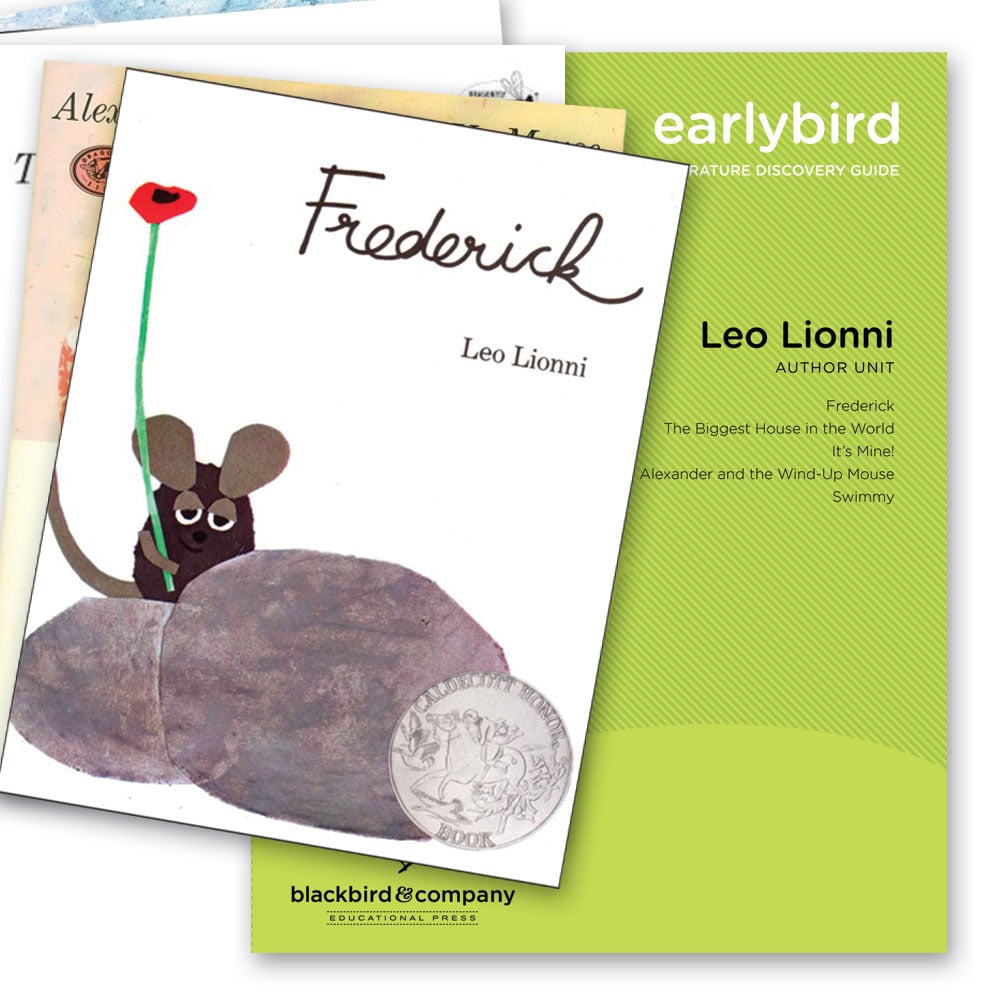
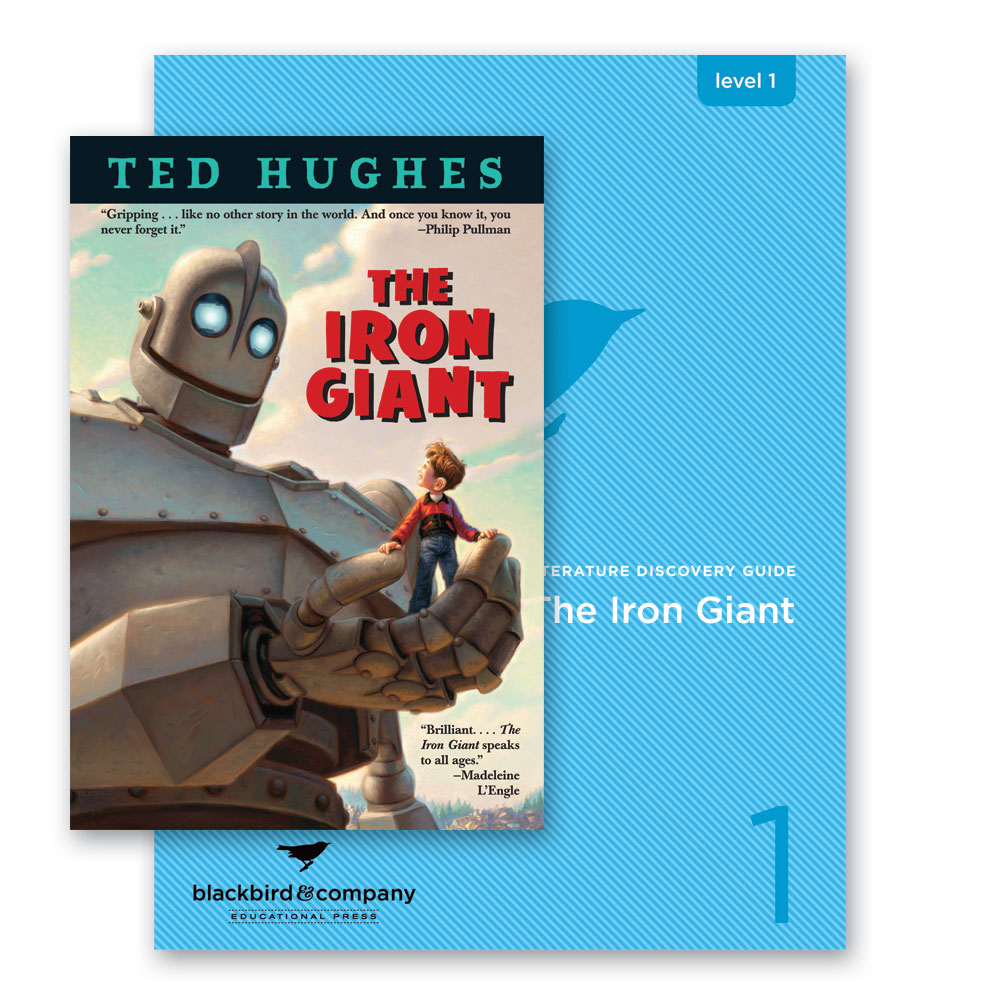
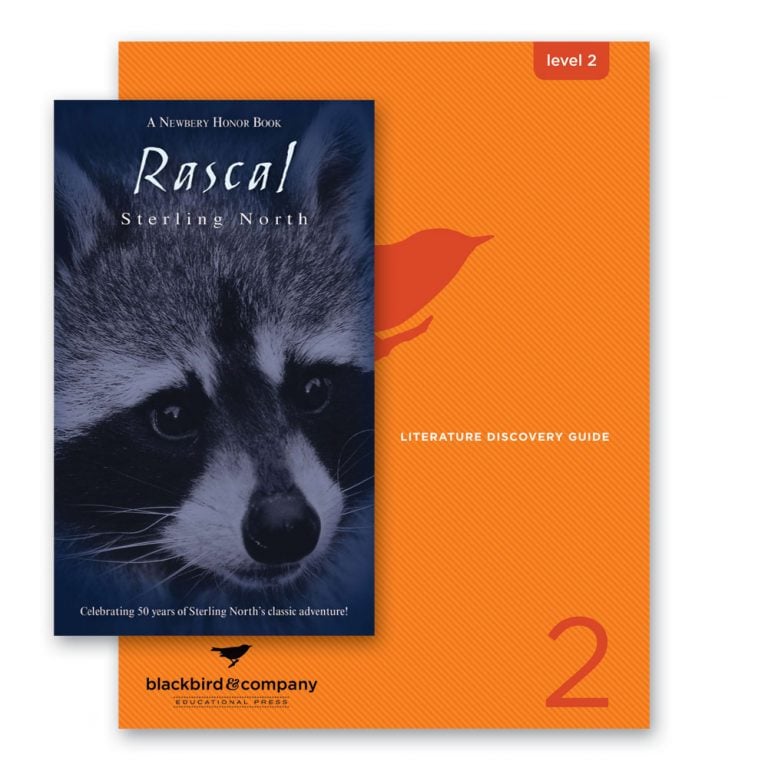
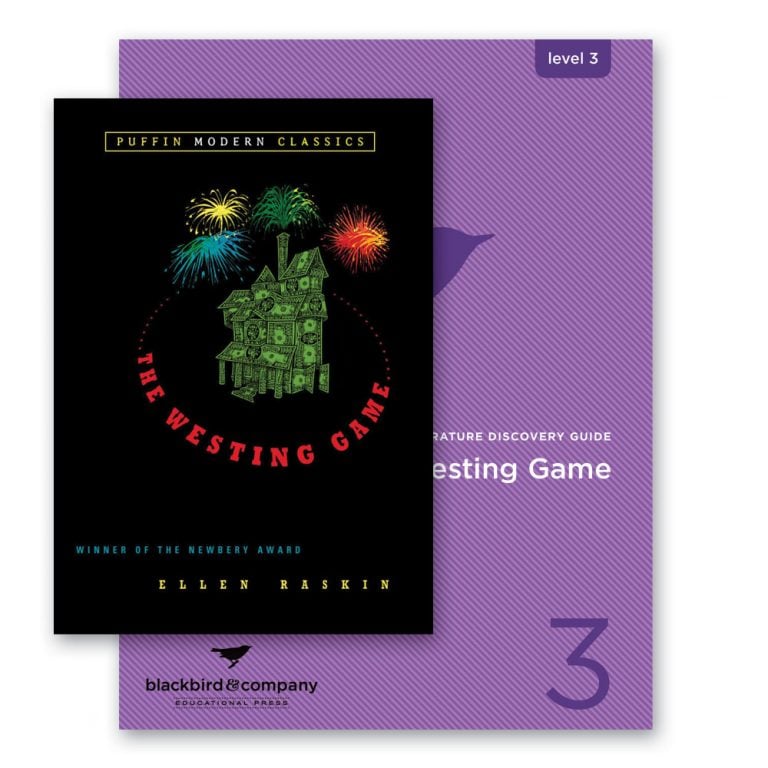
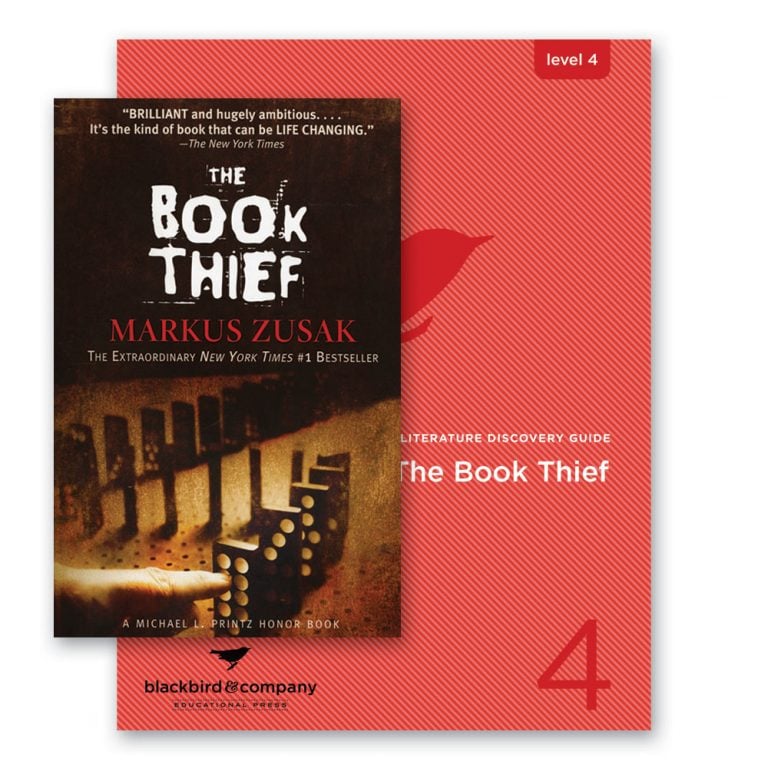
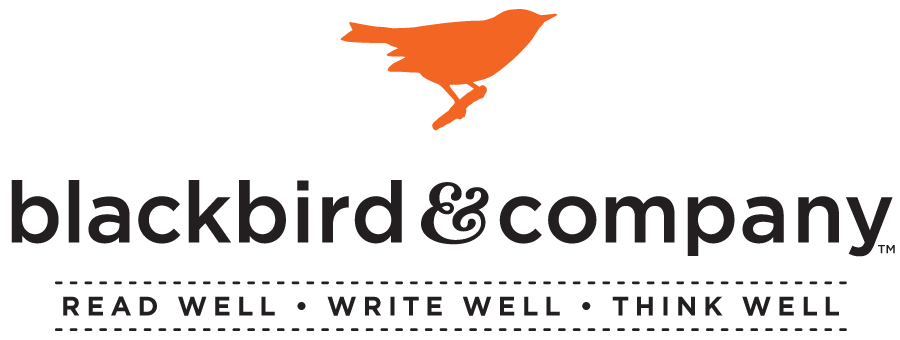
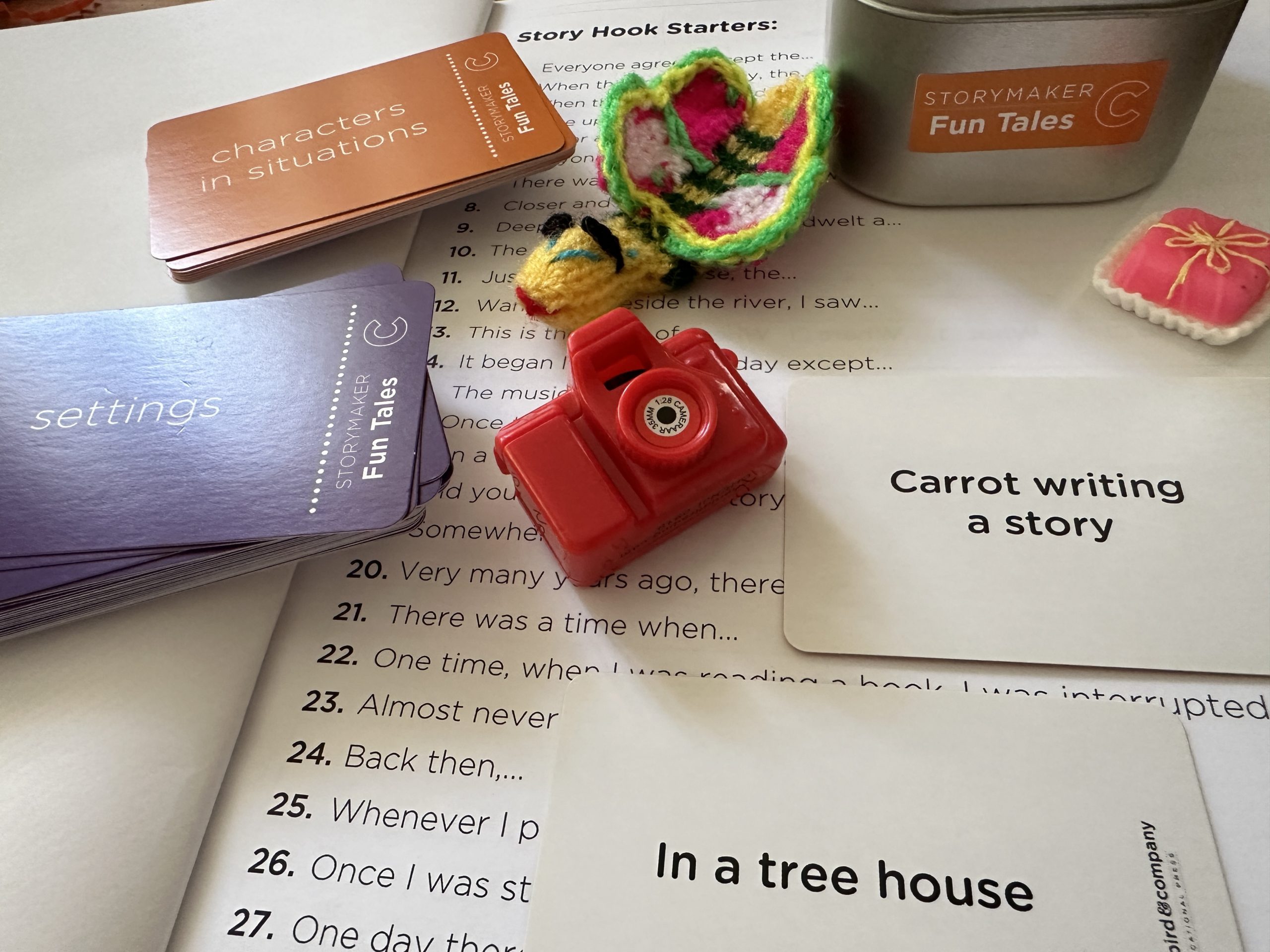















 Let’s start a tradition!
Let’s start a tradition!
